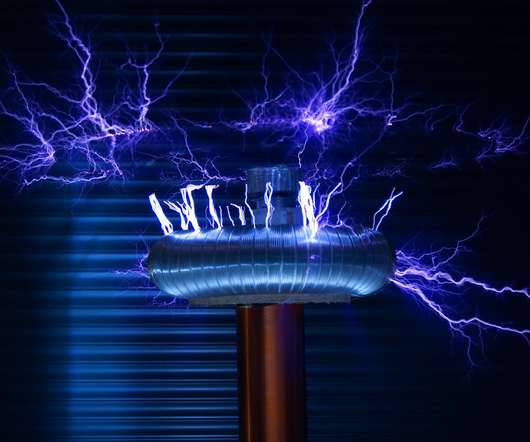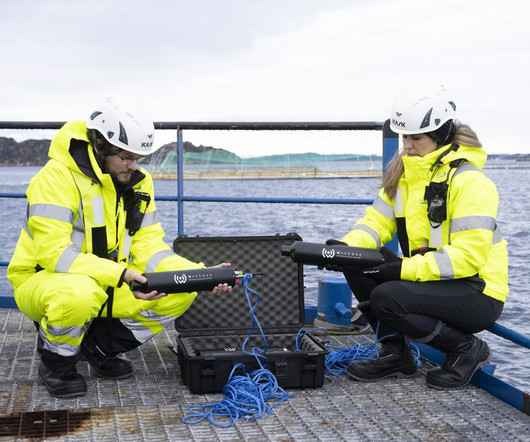Berkeley Lab solar-to-fuel system for CO2 to ethanol and ethylene; light-powered production of fuel via artificial photosynthesis
Green Car Congress
SEPTEMBER 19, 2017
This new work, described in a study published in the journal Energy and Environmental Science , is the first to successfully demonstrate the approach of going from carbon dioxide directly to target products—ethanol and ethylene—at energy conversion efficiencies rivaling natural counterparts. Earlier post.). to 1-sun illumination.



























Let's personalize your content